Wild West Adventure
Glacier National Park lives up to its billing, it is absolutely breathtaking and awe inspiring. Known as the “Crown of the Continent” it is a showcase of melting glaciers, alpine meadows, carved valleys, and spectacular lakes. The park has numerous ecosystems, ranging from prairie to tundra and encompasses more than 1 million acres. It includes parts of two mountain ranges (sub-ranges of the Rocky Mountains), more than 130 named lakes, one thousand different species of plants, and hundreds of species of animals. Large mammals such as American black bear, grizzly bear, bighorn sheep, elk, moose, mountain lion and mountain goats, as well as rare or endangered species like the gray wolf, wolverine and Canadian lynx inhabit the park. Native Americans first inhabited the region, the Blackfeet to the east and the Flathead to the west. The Blackfeet ceded
B S
23 chapters
20 Jul 2023
Day 19 to 25 - Glacier National Park
Glacier National Park, MT
Glacier National Park lives up to its billing, it is absolutely breathtaking and awe inspiring. Known as the “Crown of the Continent” it is a showcase of melting glaciers, alpine meadows, carved valleys, and spectacular lakes. The park has numerous ecosystems, ranging from prairie to tundra and encompasses more than 1 million acres. It includes parts of two mountain ranges (sub-ranges of the Rocky Mountains), more than 130 named lakes, one thousand different species of plants, and hundreds of species of animals. Large mammals such as American black bear, grizzly bear, bighorn sheep, elk, moose, mountain lion and mountain goats, as well as rare or endangered species like the gray wolf, wolverine and Canadian lynx inhabit the park. Native Americans first inhabited the region, the Blackfeet to the east and the Flathead to the west. The Blackfeet ceded
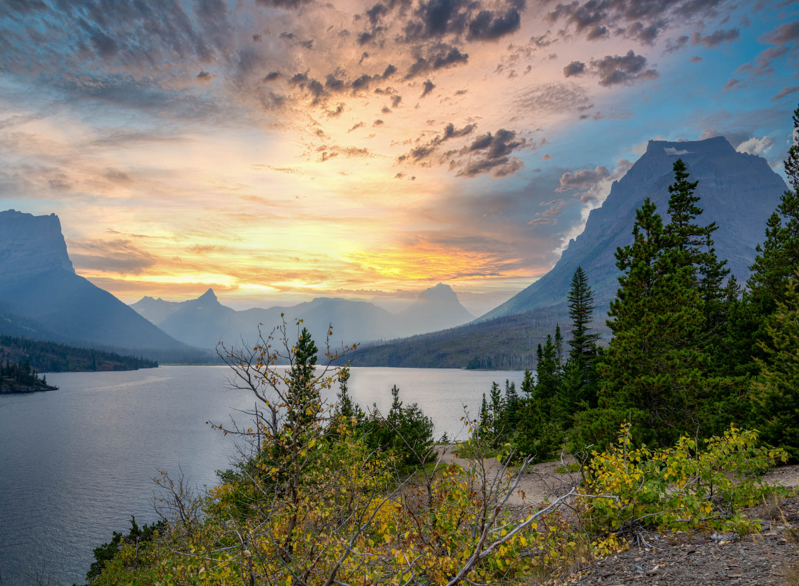
the mountainous parts of their treaty lands in 1895 to the federal government; it later became part of the park. Soon after the establishment of the park on May 11, 1910, a number of hotels and chalets were constructed by the Great Northern Railway. These historic hotels and chalets are listed as National Historic Landmarks. By 1932 work was completed on the Going-to-the-Sun Road, later designated a National Historic Civil Engineering Landmark, which provided motorists easier access to the heart of the park.
Glacier National Park's mountains began forming 170 million years ago when ancient rocks were forced eastward up and over much younger rock strata. Massive glacial action carved U-shaped valleys and left behind moraines that impounded water, creating lakes. Of the estimated 150 glaciers over 25 acres in size which existed in the park in the mid-19th century during the late Little Ice Age, only 25 active glaciers remained by 2010. Glacier National Park borders Waterton Lakes National Park in Canada—the two parks are known as the Waterton-Glacier International Peace Park and were designated as the world's first International Peace Park in 1932.
Driving into the area from the east is a dichotomy, you come through the
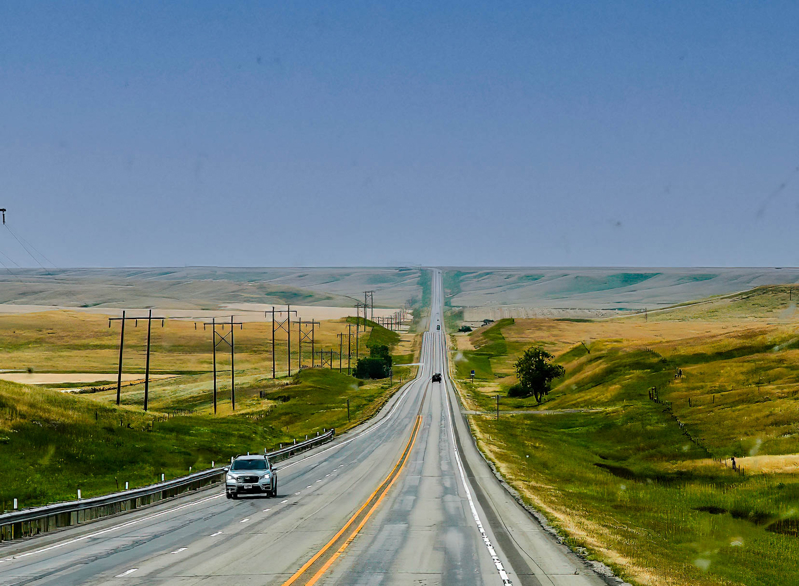
flat plains of Montana, hit East Glacier and start a 2-hour drive on Rt 2 around the southern end of the park which is mostly downhill. That sounds good, but when you are 45,000 lb. vehicle, hitting the brakes for that long is a little nerve wracking. Good thing we are equipped with air brakes. This stretch of road gives you a good idea of what you will experience, deep crevasse with rivers at the bottom, towering trees scaling the sides of the narrow mountain passages.
We made it to West Glacier and got settled into KOA, let me tell you this was a great place. They have activities and live music each night; the first night I attended a Bird of Prey education session sponsored by the Montana Wild Wings Recovery Center. They introduced 9 different birds, unfortunately, all injured by cars and unable to be released into the wild. Whiteny and John checked into the Glacier Highland Motel, while they may have stayed there, they enjoyed the pool, many nights of live music and Huckleberry Hound drinks from the KOA Airstream Bar Car!
Off to the park, we booked a day and a half photo tour guide to assist us in capturing the spectacular views and vistas, but Mother Nature had other plans. A wildfire, the “Ridge Fire” by
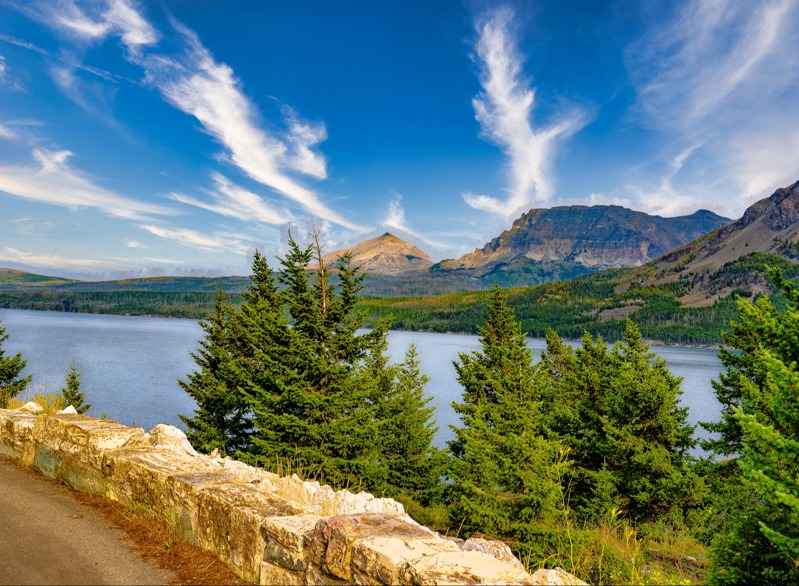
Hungry Horse reservoir cast a vail of smoke, sometimes very modest other times obscuring the closest mountain. But we made the best of it, David Marx, Glacier Photo Guides, showed us some of the more intimate parts of the park, sunrise along Lake McDonald, a small waterfall gorge under a bridge, the colorful rocks in Lake McDonald, the old growth cedar forest along Avalanche Trail and Sun Rise Point where a couple, no, two couples, exchanged their vows. We were also treated to a beautiful early evening valley view from Logan’s Pass after a rainstorm. FYI, when the lightning and thunder came at the same time, I hightailed it to the car while Pat and David continued to take photos! While we didn’t get the big sky of Montana in our shots, we were still struck by the sheer beauty and vastness of the park.
Besides photo tours, we took a drive to Two Medicine Lake in East Glacier, back on Rt 2, this time in the Jeep going uphill, for a cruise on the lake aboard Sinapah, launched in 1926, painstakingly maintained and restored during COVID. After a cruise around the lake, we hiked to Twin Falls and back, beautiful parallel falls. From there we took the Going to the Sun Road back towards West Glacier stopping along with way to show Whitney and John the sights from this famous road.
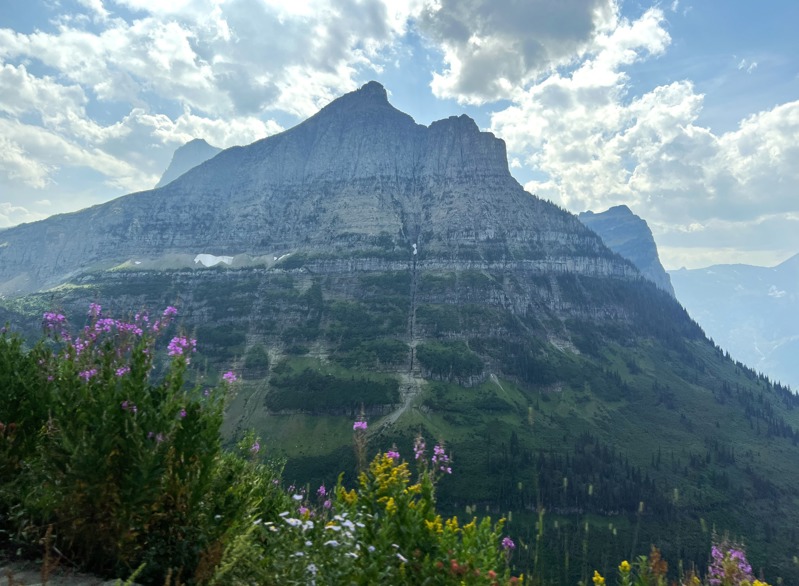
We didn’t see much wildlife, one small black bear in the brush and the bighorn sheep that are normally by Logan’s Pass were absent both nights we were there. Oh well, we still had a marvelous time on the famous road even if it is a bit unnerving to drive with only a small curb or no curb to stop you from plunging a thousand feet.
Our one day not in the park we visited Whitefish about 30 minutes away, quaint small town, good shops and lunch spots. We said goodbye to Whitney and John at the end our time at Glacier and will be heading out on our own but not before getting a pre-evacuation alert for areas just east of us. Sorry for such a long post, but it is hard to get 6 days in a gorgeous spot into a couple of paragraphs.
Stats: 181 miles, 47 gal gas
Weather: smokey with intermittent sunshine, high’s mid 80’, nights mid 60’s
Photos: KOA park, Birds of Prey Ferruginous Hawk, Rough-legged buzzard, Great Horned Owl, Northen Saw-whet Owl; Going to the Sun Road and Park photos.
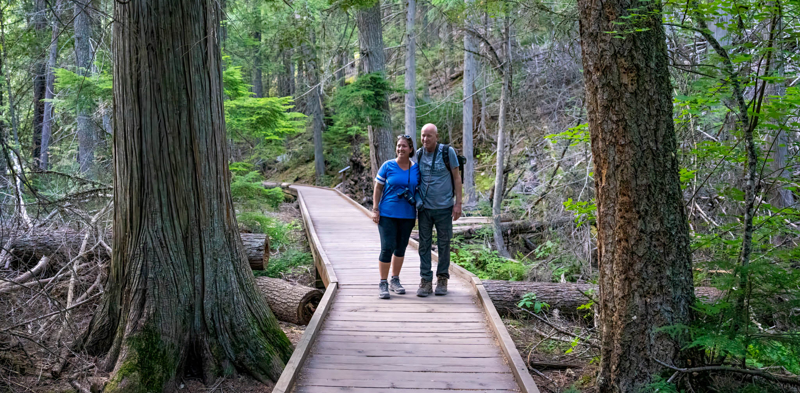
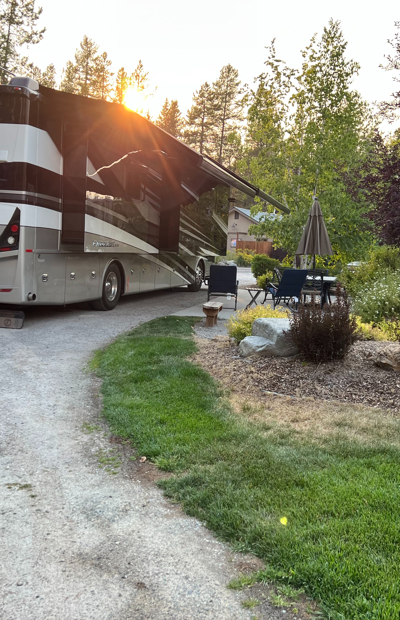
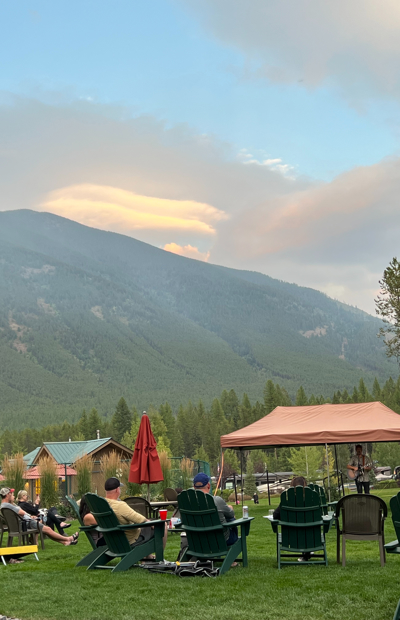
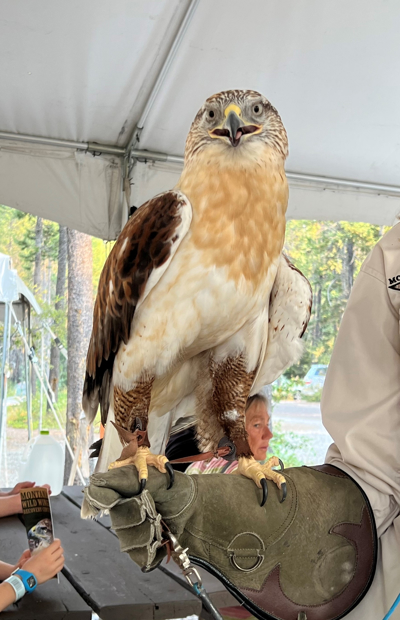
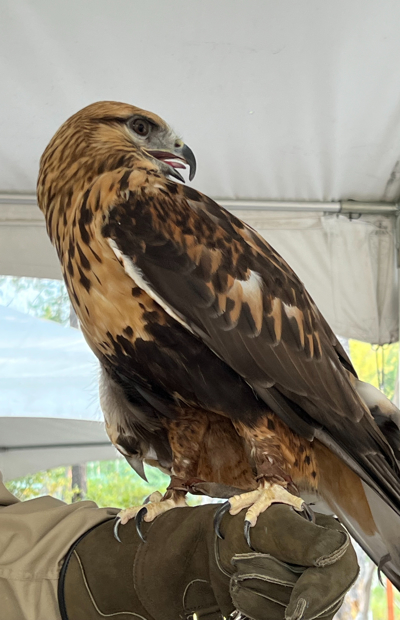
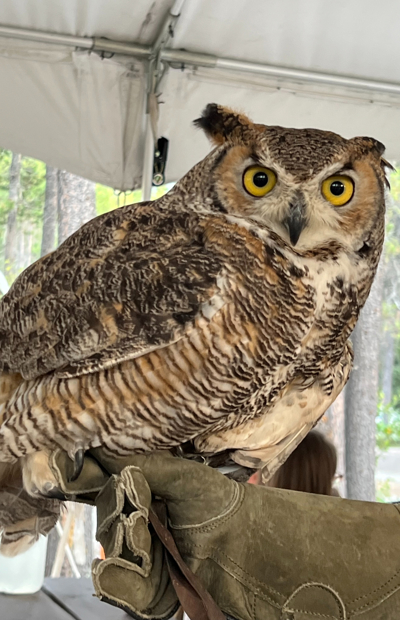
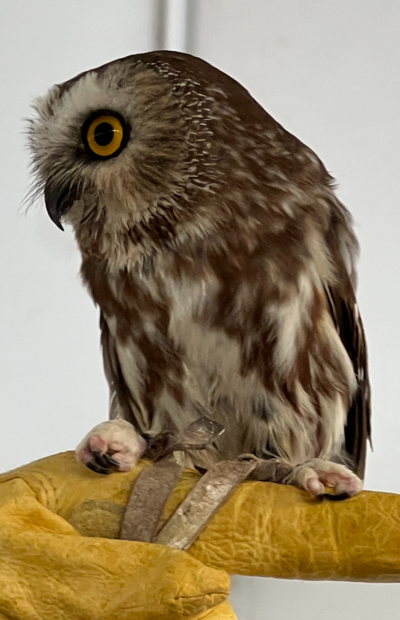
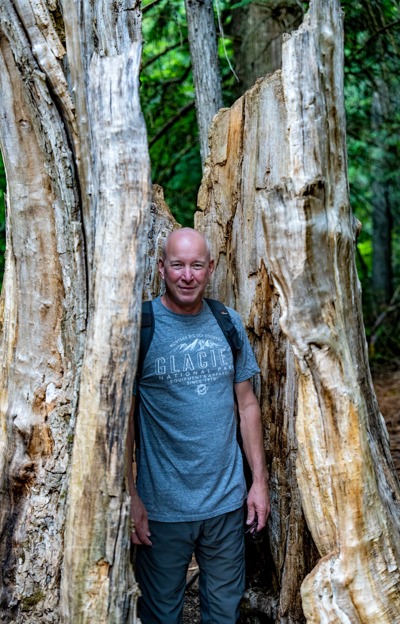
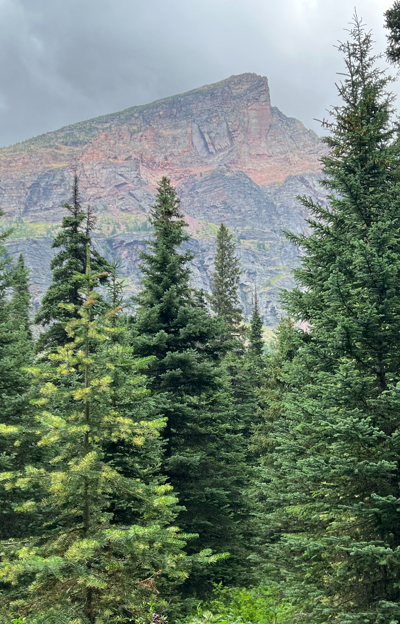
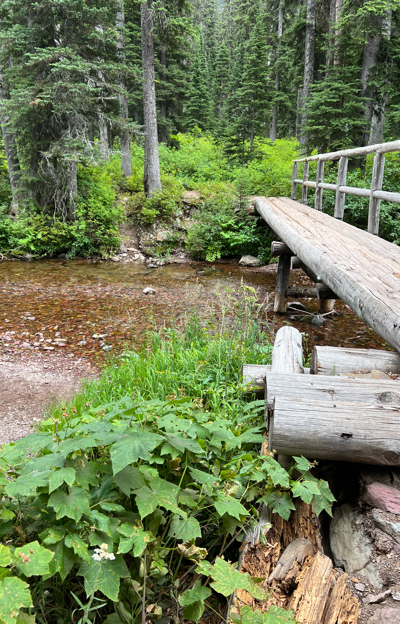
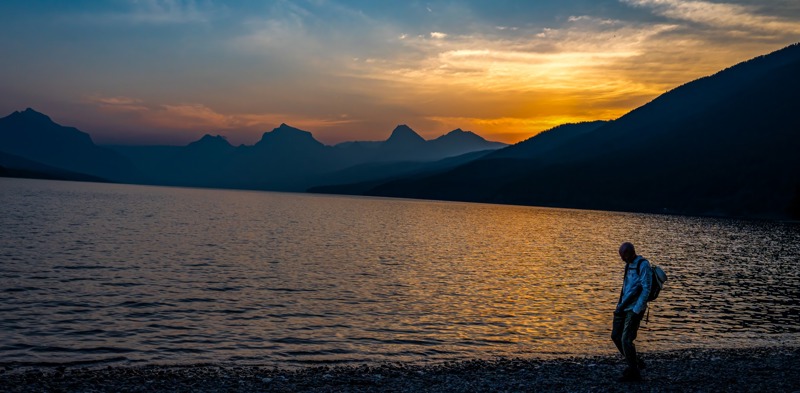
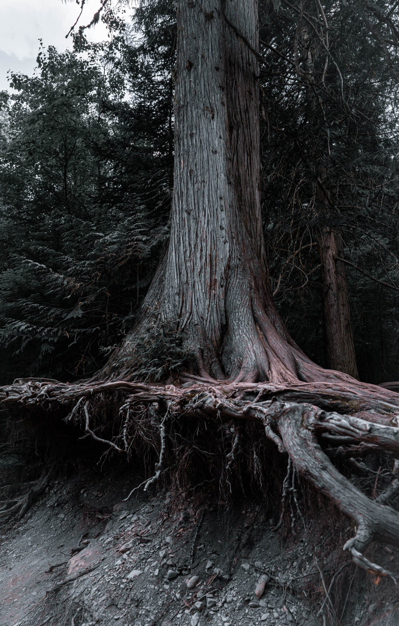
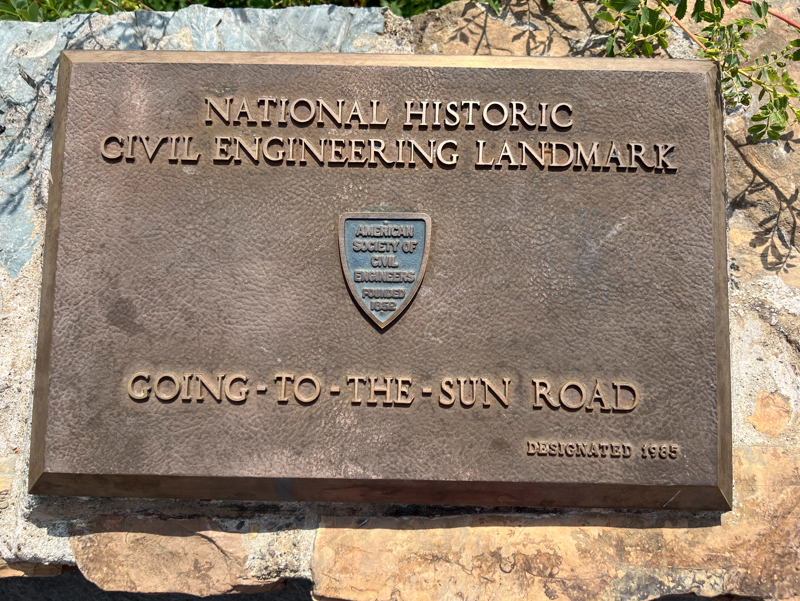
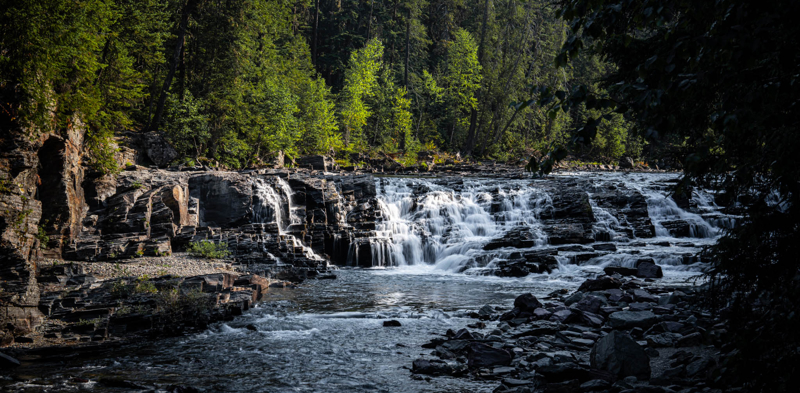
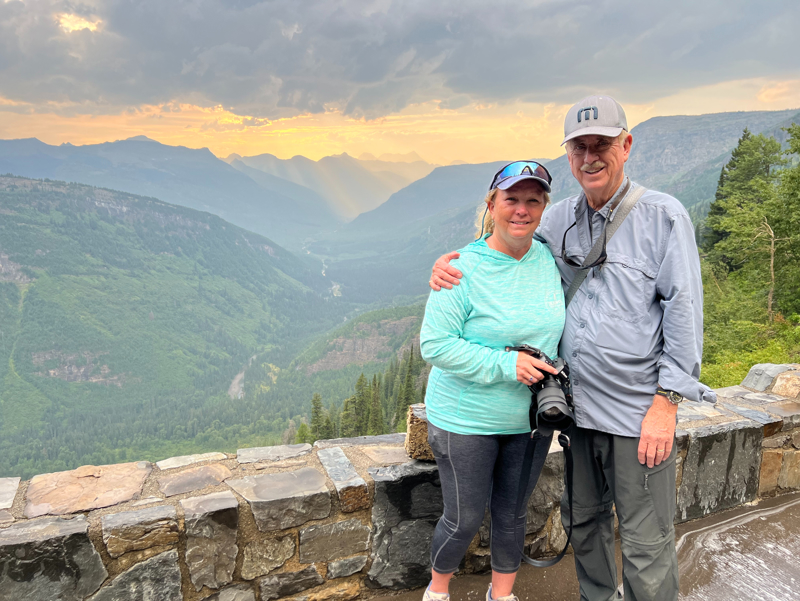
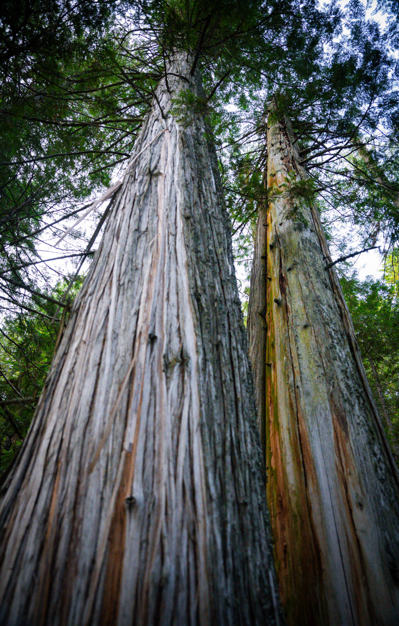
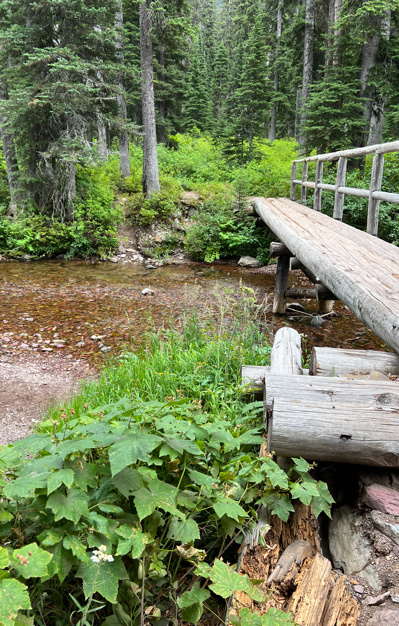
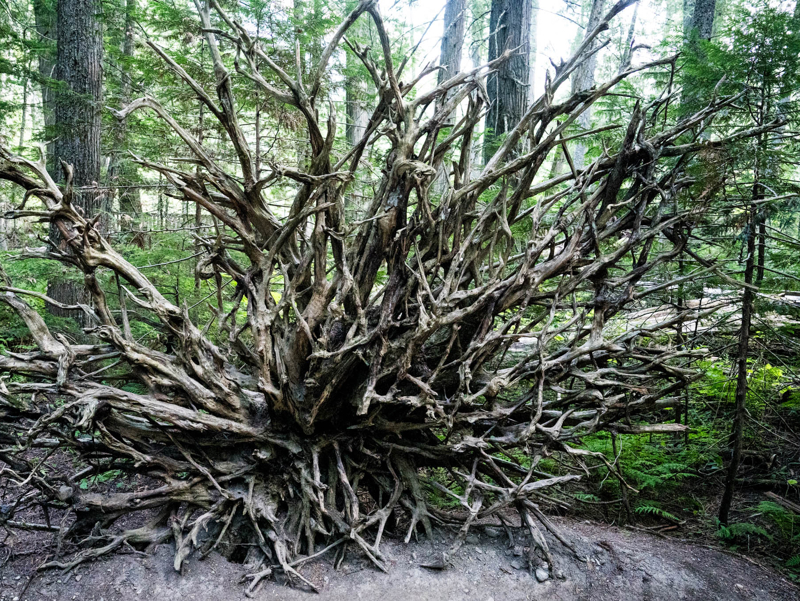
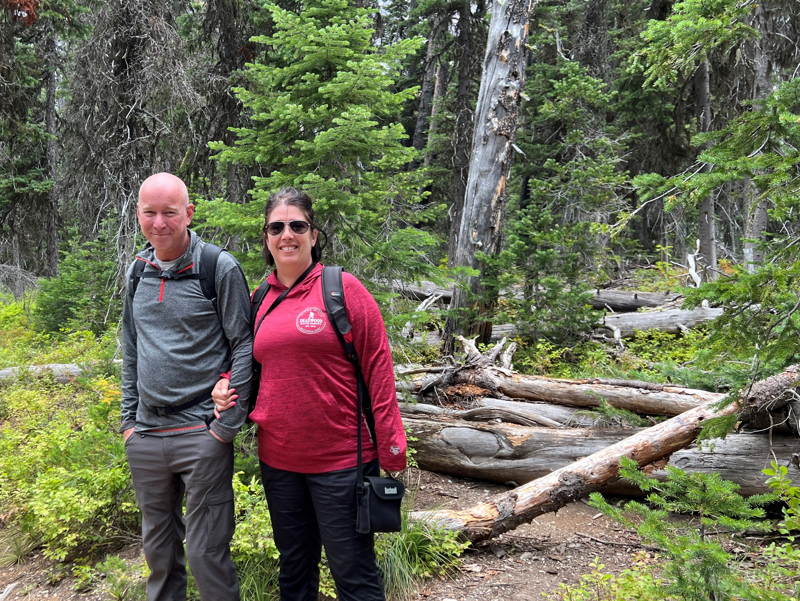
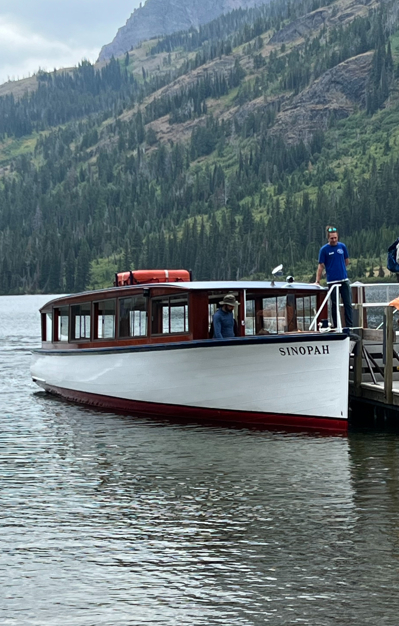
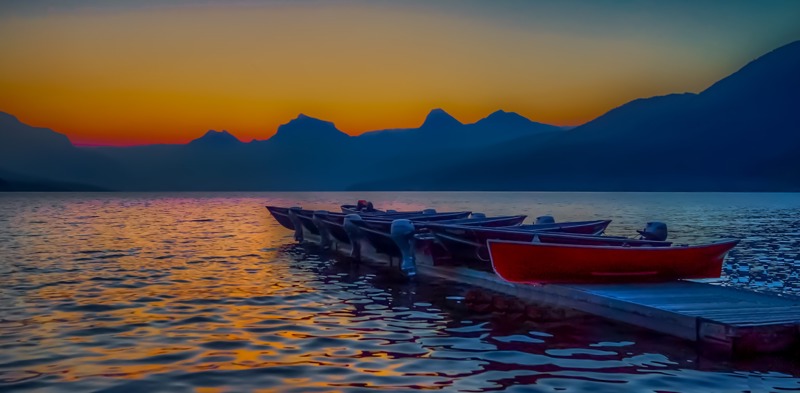
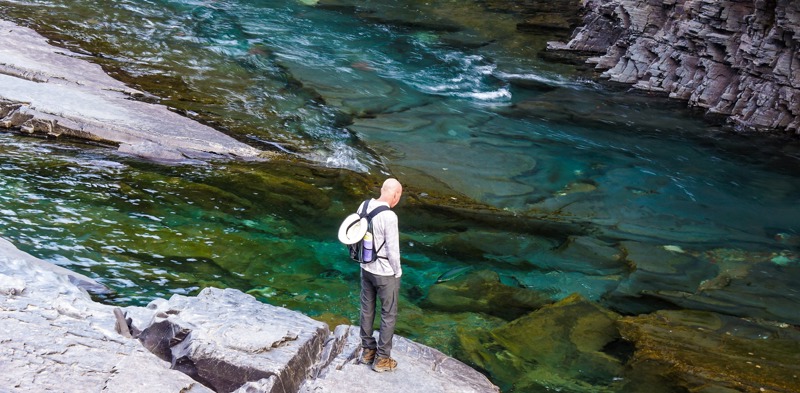
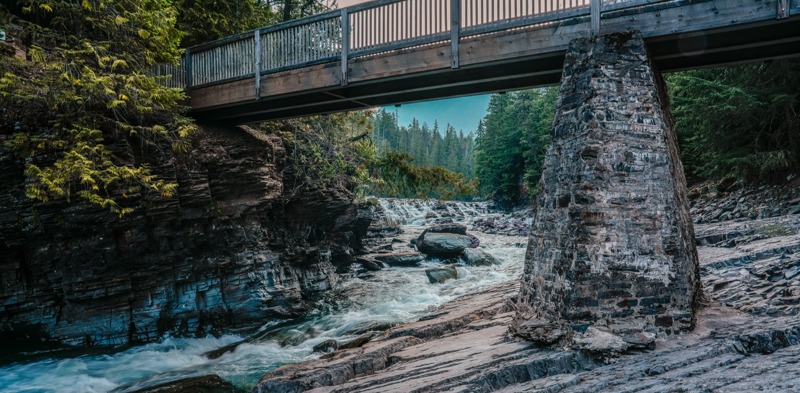
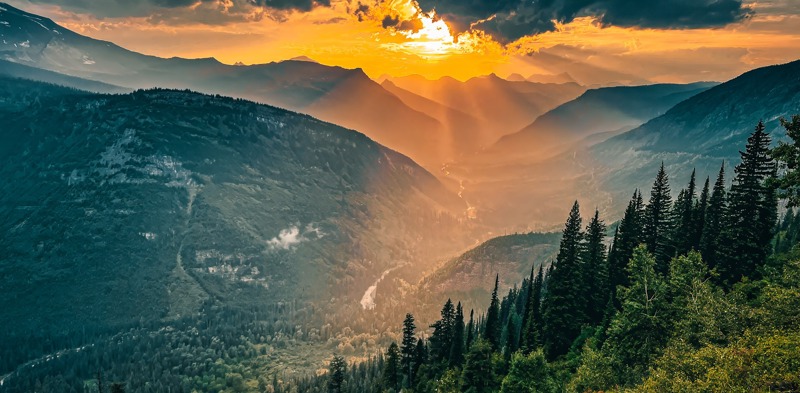
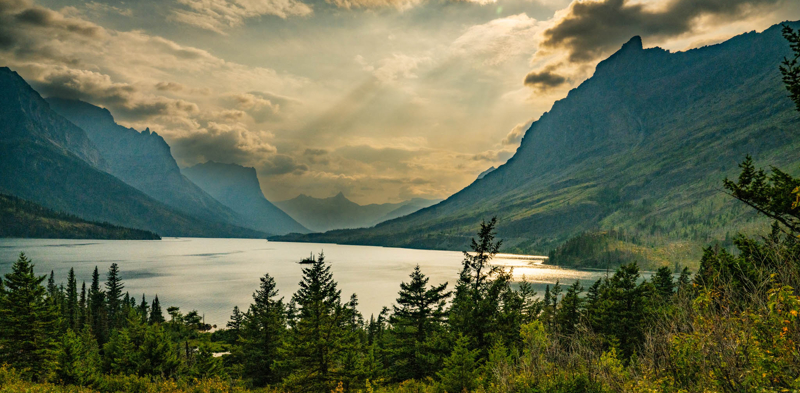
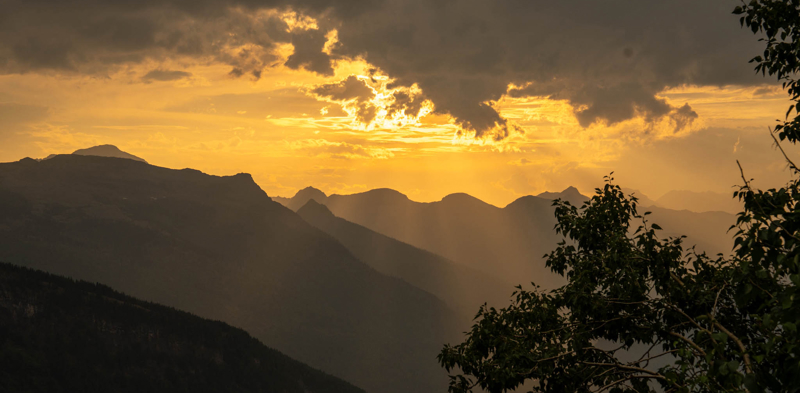
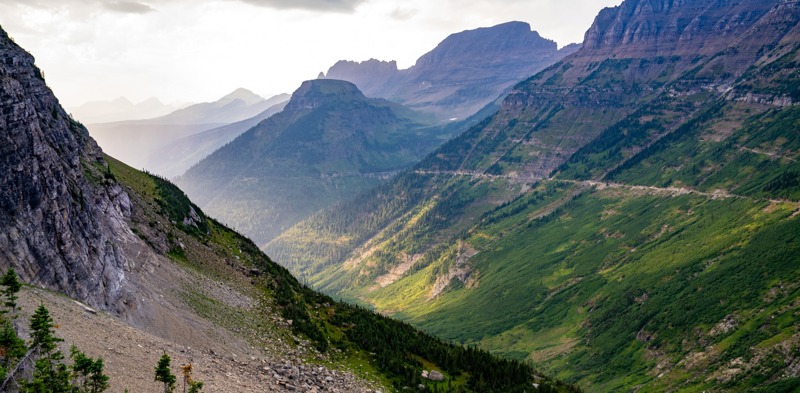
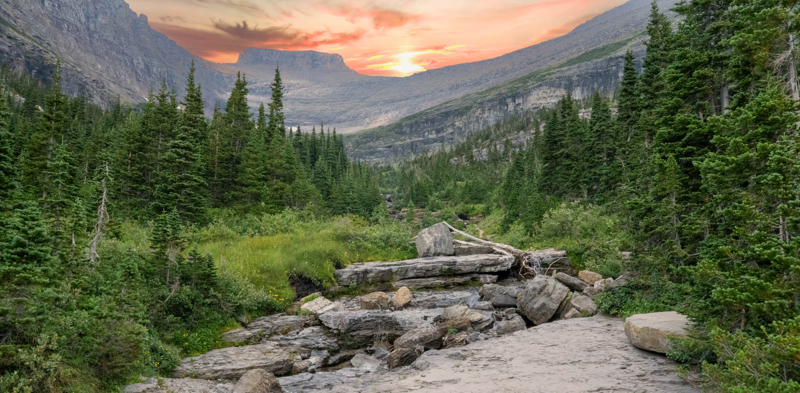
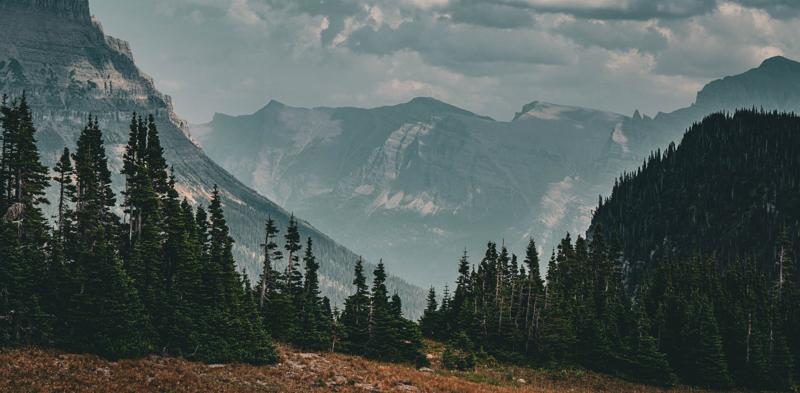
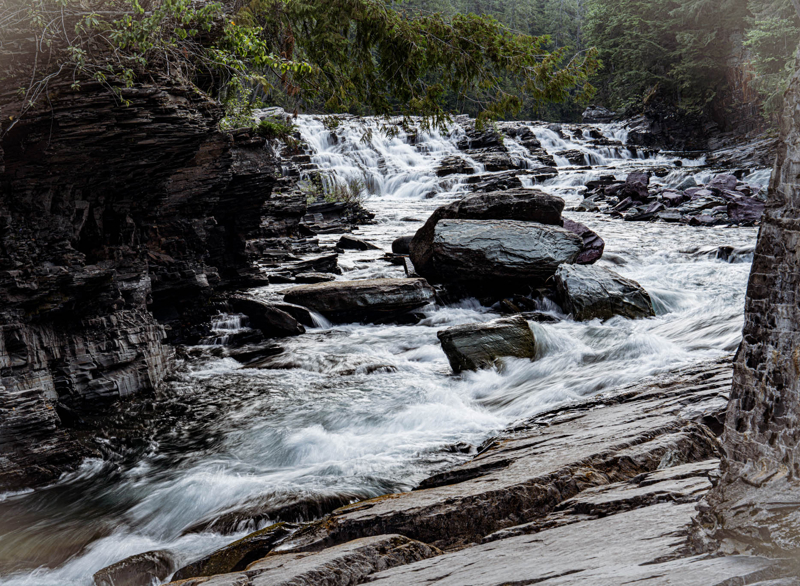
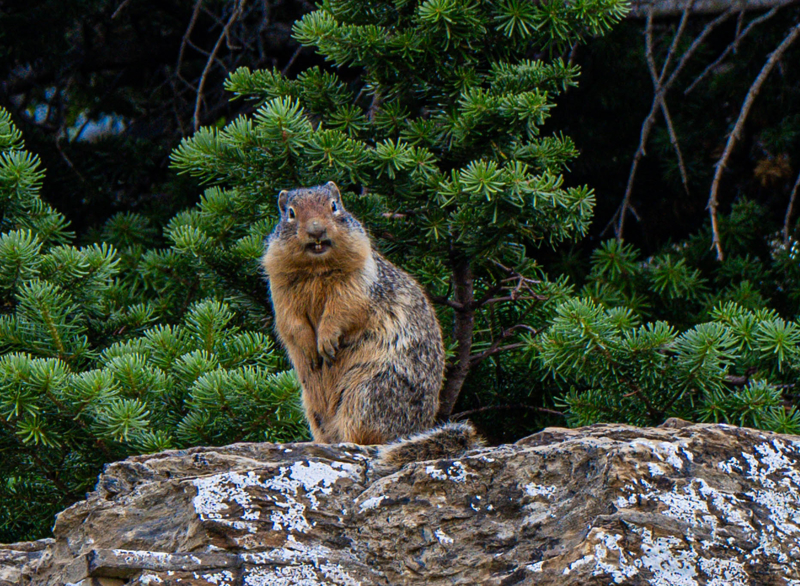
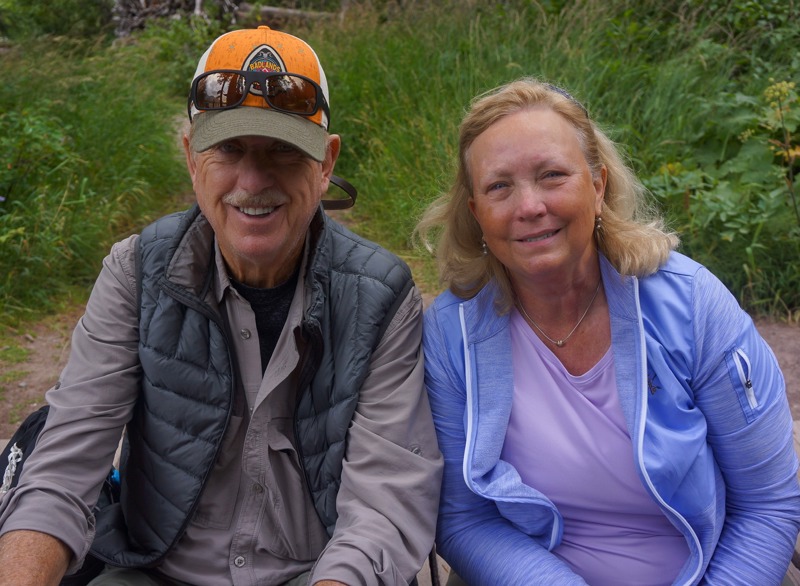
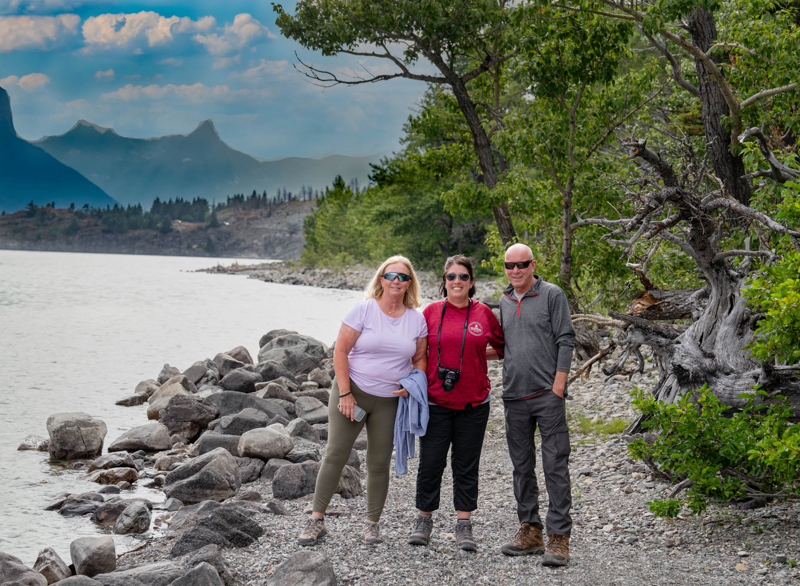
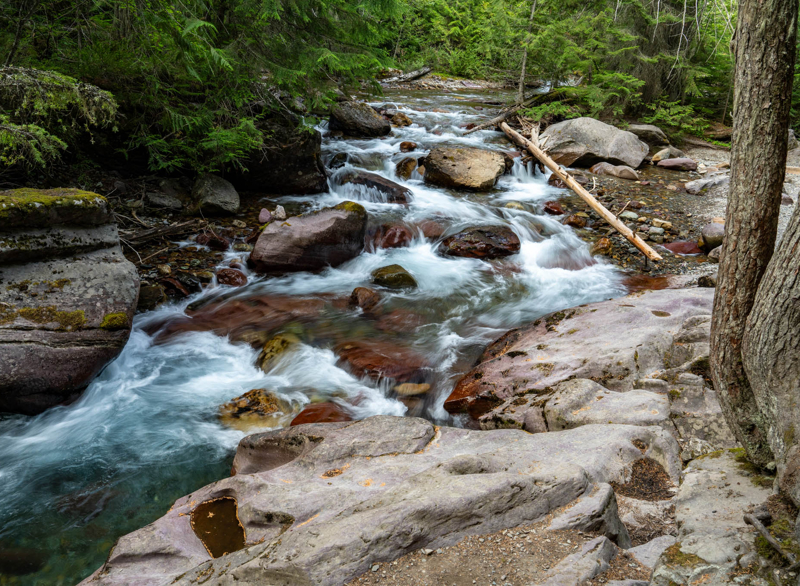
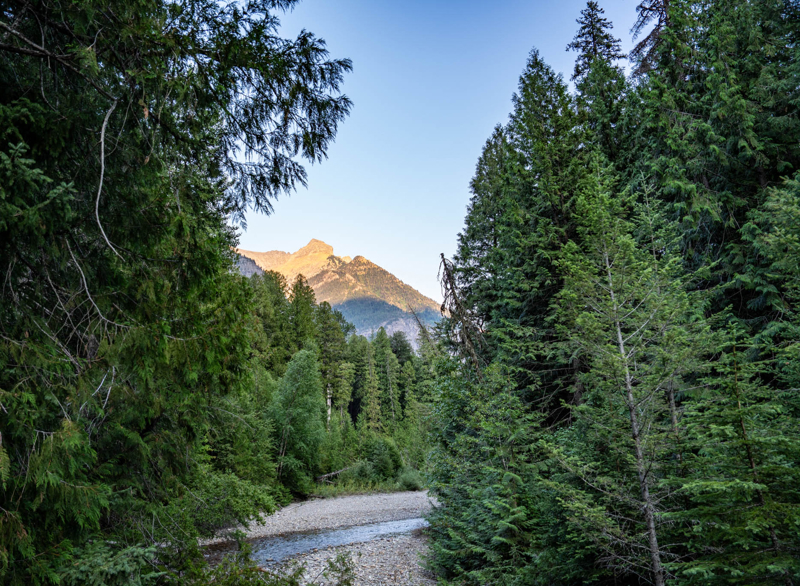
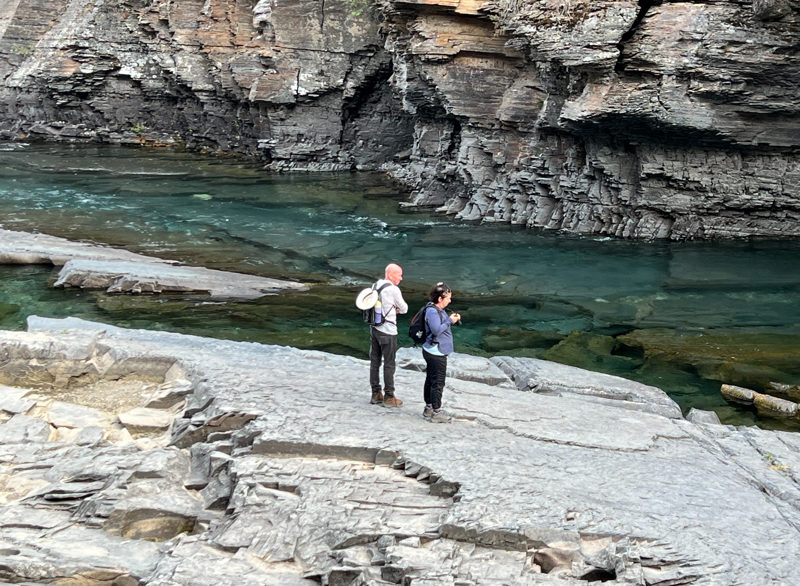
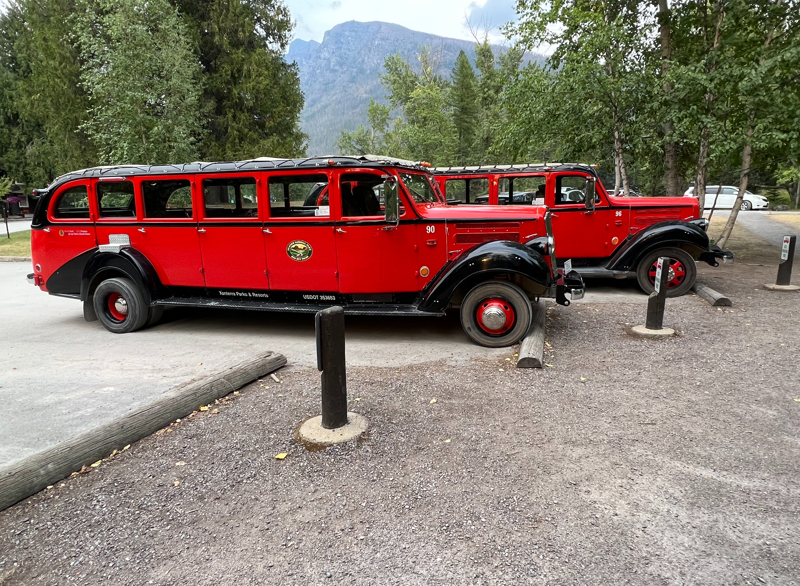
1.
Day 1 - Getting on the Road
2.
Day 2 - Little Tallapoosa County Park & Visiting with Old Friends
3.
Day 3 - Visting Our Old Home Town
4.
Day 4 - New AC & Drive Day
5.
Day 5 & 6 - President Lincoln Library and Museum
6.
Day 7 & 8 Drive Days towards the Badlands, SD
7.
Day 9 &10 - Wall Drug Store & The Badlands
8.
Day 11 & 12- Running from the Heat & Wind; Minuteman Delta-01 Tour
9.
Day 13 - 15 - Mount Rushmore Area
10.
Day 15 & 16 - Devil's Tower and Deadwood
11.
Day 17 & 18 - Boondocking Audible Call
12.
Day 19 to 25 - Glacier National Park
13.
Day 26 to 28 - Lewis & Clark Caverns State Park
14.
Day 28 & 29- Yellowstone Part 1 – Geyser’s and Northwest section
15.
Day 30 & 31 - Yellowstone Part 2 – Lamar Valley and Grand Canyon
16.
Day 32 & 33 - Yellowstone Part 3 – Grizzly and Wolf Center, drive out of the park
17.
Days 34 & 35 - Buffalo Bill & The Rodeo
18.
Days 36 to 39 - Arches and Canyonland
19.
Days 40 to 42 - Monument Valley and Mesa Verde
20.
Day 43 to 45 - Snowmass and Drive to Rocky Mountain NP
21.
Day 46 to 48 - Rocky Mountain National Park
22.
Day 49 to 50 - Garden of the Gods & Pikes Peak
23.
Days 51 to 55 - Journey Home, Visits with Family and Friends
Share your travel adventures like this!
Create your own travel blog in one step
Share with friends and family to follow your journey
Easy set up, no technical knowledge needed and unlimited storage!
© 2025 Travel Diaries. All rights reserved.